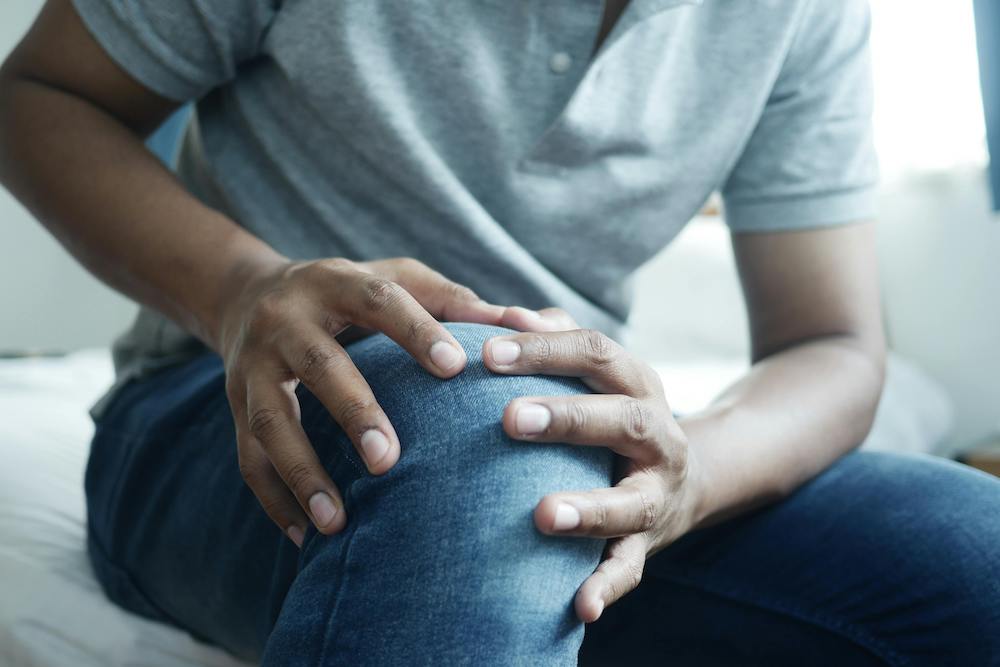
Sustainable upcycling is more than a hobby—it’s a way to create with purpose, giving discarded items a second life while reducing waste. But to truly keep this practice sustainable, you need to care for your most valuable tool: your body. Long hours of sanding, lifting, or bending can lead to stiff joints and sore muscles, making it harder to enjoy the projects you love.

For many passionate DIYers, pain becomes an uninvited guest in the workshop. And the longer it lingers, the more it interferes with your creative flow. That’s where smarter body strategies come in. From simple ergonomic tweaks to medical options like Las Vegas PRP Treatments, there are ways to keep your body in the game without giving up the projects you love.
Why Sustainable Upcycling Can Take a Physical Toll
Upcycling may be eco-friendly, but it’s not always easy on your joints. The repetitive motions of sanding, the awkward postures of painting, and the heavy lifting of furniture restoration all put strain on your body. Over time, this strain can cause tendonitis, shoulder impingement, lower back pain, or aching knees. Ignoring these early signs risks turning minor aches into lasting injuries.
Sustainable upcycling means thinking long-term—not just for the materials you use but for your ability to keep creating without pain.
Upcycle Your Workspace for Comfort
Just as you breathe new life into old furniture, you can transform your workspace to better support your body. The best part? You can do it with repurposed materials:
- Raise your work surface with stacked pallets or reclaimed wood to avoid bending.
- Soften the floor with old yoga mats or carpet scraps to protect knees and back.Wrap tool handles using foam tubing or bicycle grips to ease pressure on your hands.
- Repurpose cushions as knee pads for low work to reduce joint strain.
These DIY-friendly tweaks align perfectly with the spirit of sustainable upcycling—using what you have to improve your craft.
Sustainable Upcycling – Pace Projects for Long-Term Creativity
Sustainability isn’t just about eco-conscious materials—it’s about how you work. Break tasks into smaller sessions, stretch every 30–45 minutes, and alternate hands during repetitive tasks. These simple practices help prevent overuse injuries and keep your energy high.
Think of it as preventing “wear and tear” on your most important asset: yourself.

Low-Impact Ways to Stay Creative
When joint pain forces you to slow down, you don’t have to stop creating altogether. Instead, focus on activities that keep your maker spirit alive without heavy physical strain:
- Sketch upcoming designs or create mood boards.
- Sort and organize materials for future projects.
- Edit and share photos of past creations online.
- Work on small, low-impact crafts like jewelry or patchwork.
By mixing high-energy projects with these lighter tasks, you maintain a steady creative rhythm while giving your body time to recover.
Sustainable Upcycling: When to Seek Professional Help
Most aches fade with rest, stretching, and ergonomic improvements. But if pain lingers, limits your mobility, or keeps you from enjoying upcycling, it may be time to get support. Physical therapists can help strengthen problem areas, and regenerative treatments like platelet-rich plasma (PRP) offer relief without surgery. These options can help you return to sustainable upcycling sooner and with less discomfort.
The Art of Sustainable Creativity
At its heart, sustainable upcycling is about transformation—turning what’s worn into something new and lasting. Apply that same philosophy to yourself. Protect your joints, listen to your body, and embrace rest as part of the creative process. With smart setups, pacing, and a willingness to care for yourself, you’ll be able to keep building beautiful projects for years to come. Because true sustainability starts with the maker.
Final Thoughts on Sustainable Upcycling: Creating Should Feel Good
Upcycling is about second chances. It’s about finding value where others see waste and transforming it into something meaningful. That mindset can also apply to your body. Just because your joints are acting up doesn’t mean your creative days are over. With the right support, you can feel better—and build better.
You don’t need to suffer for your art. You just need a smarter approach, a few new tools, and maybe a little help from modern medicine.
